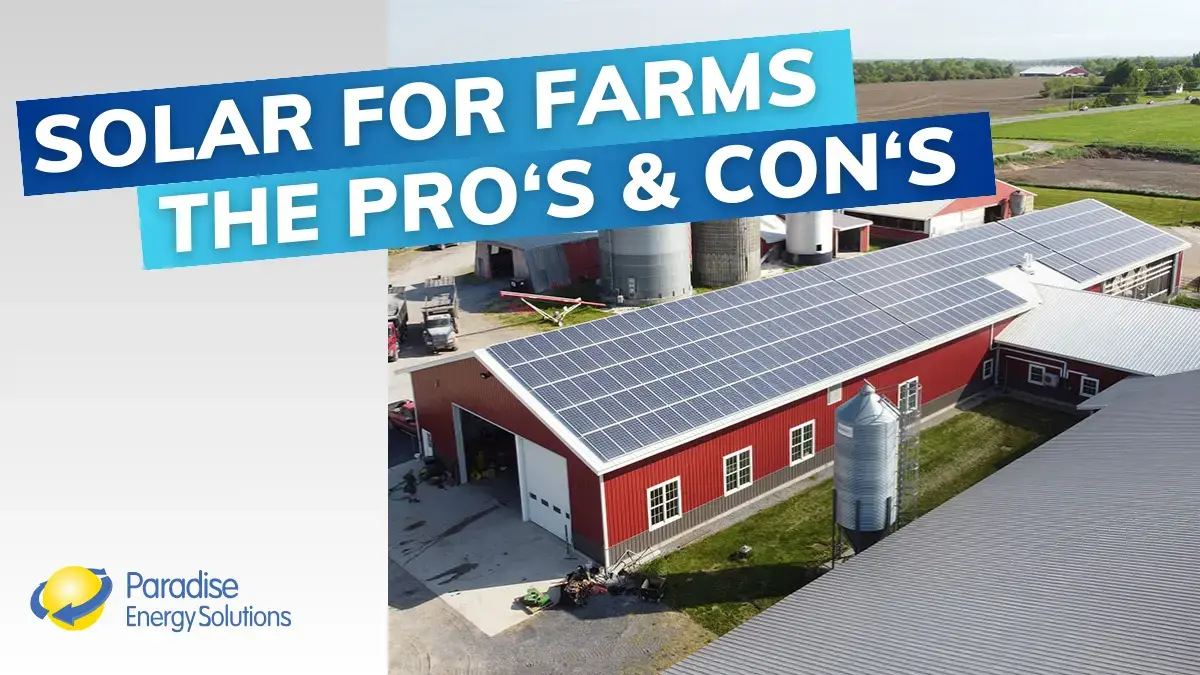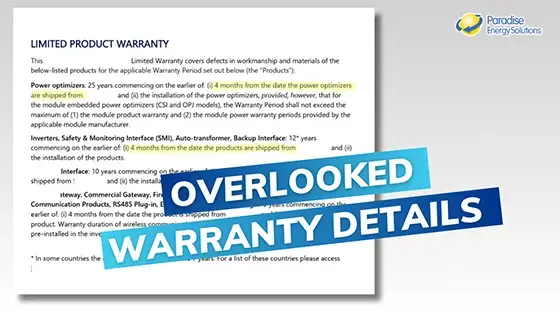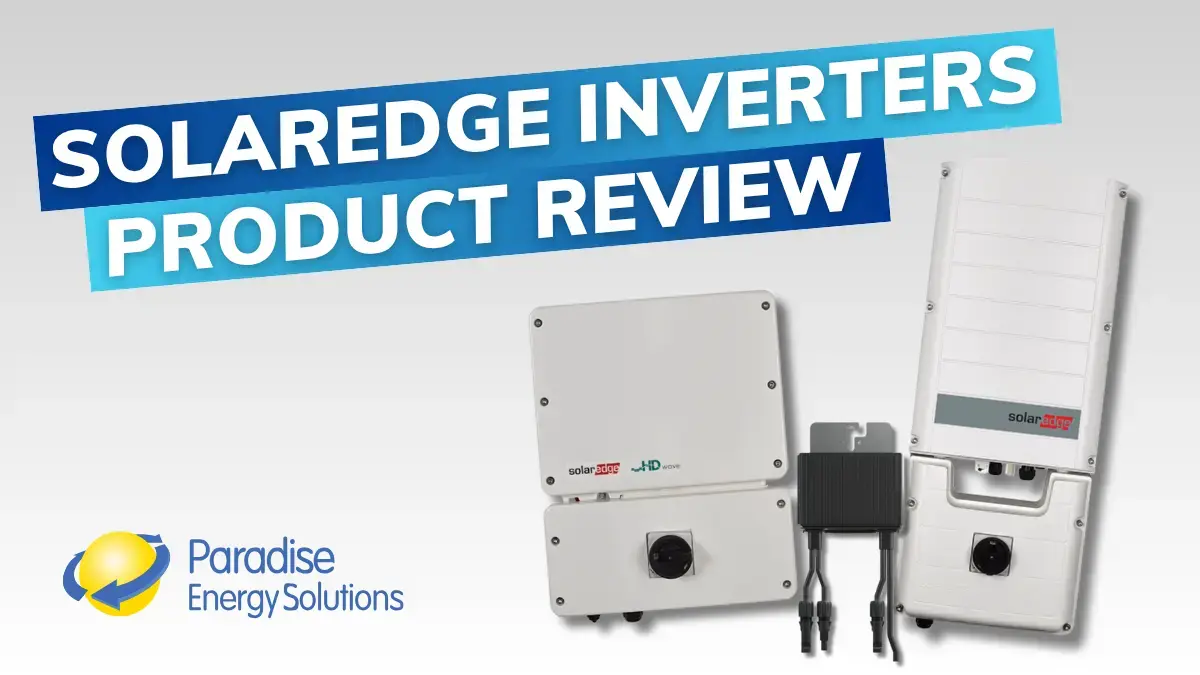Solar power is a great way to offset your energy bills. But just how much electricity do solar panels produce, and how many panels will you need to cover your electric bill?
We’ll take a look at what determines the power output of a solar panel, how much they produce, and how many you’ll need to cover your home, business, or farm’s energy bill.
Determining How Much Electricity Your Panels Produce
There are a few factors that will impact how much energy a solar panel produces. They include:
- The solar panel’s power rating (efficiency + size)
- The type of the solar panel
- Environmental factors
Here’s how each plays a role in your solar production.
Solar Panels’ Power Rating
A solar panel’s power rating is the measurement of the amount of electricity a solar panel will produce. Most solar panels on the market today have a power rating of around 300 to 500 watts.
What determines a solar panel’s power rating? It is impacted by how efficient and how large the solar panel is.
Solar panel efficiency is a measure of the percentage of the sun’s energy that the solar panel can convert into electricity. Today, many high-quality panels are around 20% efficient or more.
Higher efficiency panels mean you can produce more electricity with the same amount of panels, making them a great option for properties with limited space. However, they also come with a higher price tag.
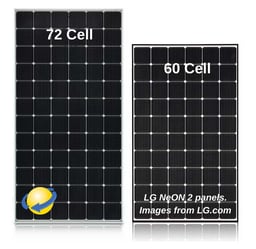 Solar panels historically came in two sizes: 60-cell and 72-cell. With the current half-cut module technology in use by most manufacturers, this is typically 120-cell or 144-cell today. These represent the number of solar cells in each panel. The larger panels have a higher power rating, whereas the smaller panels produce less electricity.
Solar panels historically came in two sizes: 60-cell and 72-cell. With the current half-cut module technology in use by most manufacturers, this is typically 120-cell or 144-cell today. These represent the number of solar cells in each panel. The larger panels have a higher power rating, whereas the smaller panels produce less electricity.
To get a solar panel with the highest power rating, you’ll probably have to opt for a high-efficiency 144-cell panel. These panels can have power ratings of upwards of 500 watts. Smaller 120-cell options will likely come in at around 350 to 400 watts.
Environmental Factors
The last factor to consider when evaluating how much power a solar panel can produce is its environment.
The power rating of your solar panel is based on its performance under standard testing conditions. Standard testing conditions are when all variables that impact production are standardized across the industry, allowing for the equal comparison of different solar panels.
However, rarely will standard testing conditions reflect the actual environment your solar panel is exposed to. Everything from shading to your local weather patterns to the angle it’s installed can impact power production.
One of the most important factors for the power output of your solar panel system is the amount of sunlight it receives. More hours of direct sunlight means more production. But if clouds or shade get in the way, the amount of energy your panels produce will decrease.
As you can see, a system composed of panels with a lower power output can get quite large. And while they may be less expensive on a per-panel basis, you’ll have to buy significantly more. You’ll also have to have a place to install all those panels physically.
Your solar installer will find the right balance between panel amount and panel cost during your system’s design.
Using Solar to Offset Your Electricity Bill
It’s essential to know just how much electricity your solar system will produce. However, because there are so many variables to consider, this blog gives a broad overview of the type of production you can expect to see.
With a quote from an experienced solar installer, you’ll get a much more specific look. They’ll measure all the variables and consider for critical your energy and financial goals to design your optimal system. They should also provide a breakdown of the cost and cash flow so you can see exactly how beneficial a solar investment can be.
If you’re located in the mid-Atlantic region of the US, have our team of solar experts design a system for you that best fits your needs. Click the ‘Get A Quote’ button above to get started.
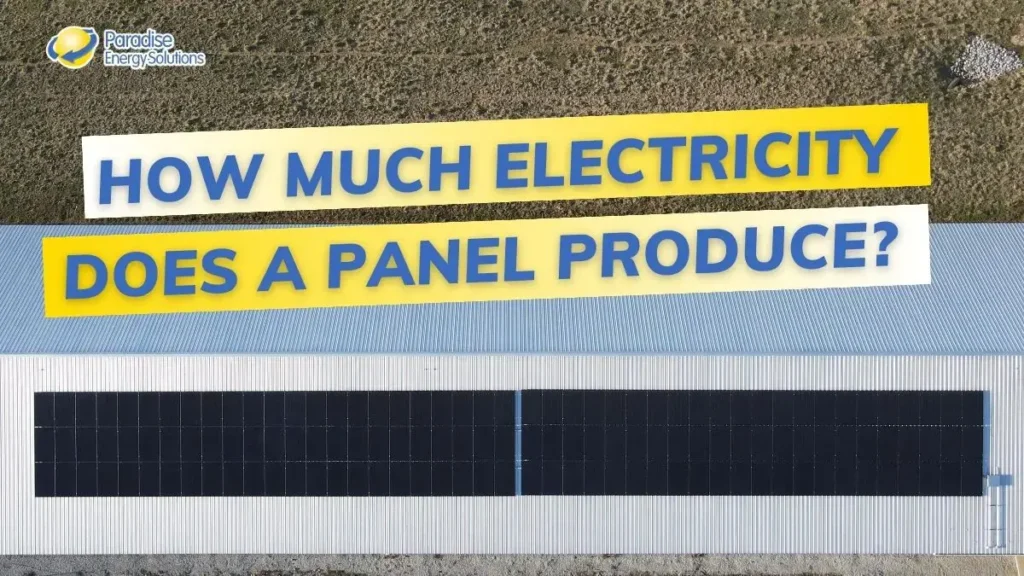
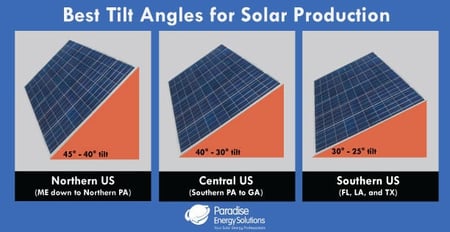 To optimize production, most panels do best when they’re oriented south and installed at an angle that roughly matches the degree latitude of that location. For example, if you live in the Mid-Atlantic area, that could range from 36 degrees for Southern Virginia to 45 degrees for Northern New York.
To optimize production, most panels do best when they’re oriented south and installed at an angle that roughly matches the degree latitude of that location. For example, if you live in the Mid-Atlantic area, that could range from 36 degrees for Southern Virginia to 45 degrees for Northern New York.






